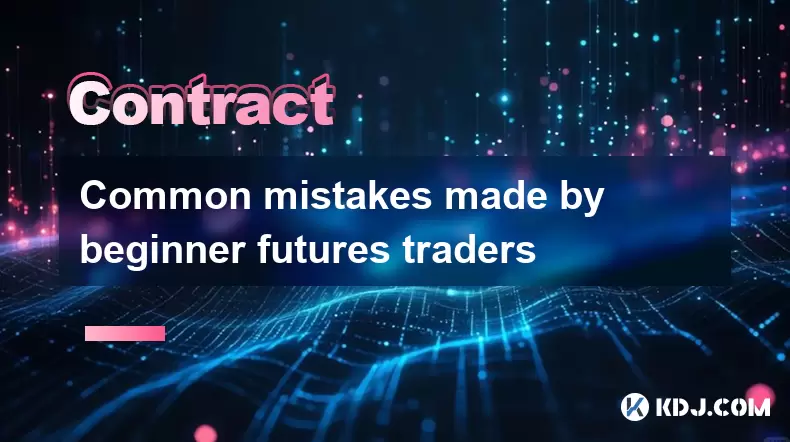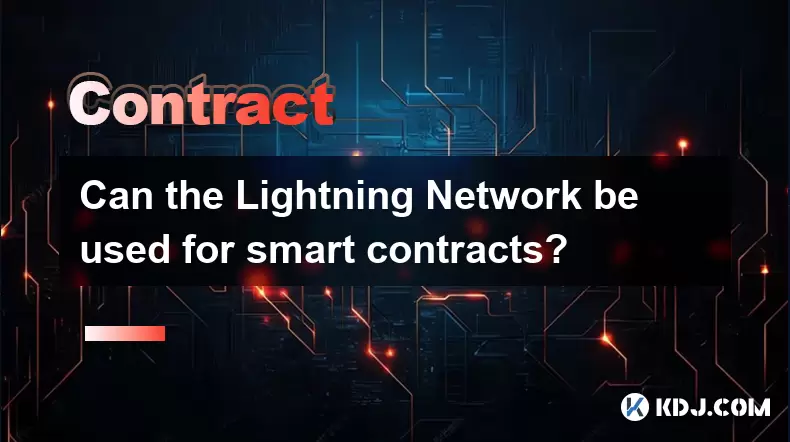-
 Bitcoin
Bitcoin $118,841.1054
1.02% -
 Ethereum
Ethereum $3,364.2689
7.44% -
 XRP
XRP $3.0337
3.93% -
 Tether USDt
Tether USDt $1.0004
0.04% -
 BNB
BNB $708.2059
2.49% -
 Solana
Solana $173.2385
5.74% -
 USDC
USDC $0.9999
-0.01% -
 Dogecoin
Dogecoin $0.2121
6.85% -
 TRON
TRON $0.3090
2.81% -
 Cardano
Cardano $0.7628
2.25% -
 Hyperliquid
Hyperliquid $46.8391
-2.08% -
 Stellar
Stellar $0.4537
0.15% -
 Sui
Sui $3.9529
-2.88% -
 Chainlink
Chainlink $16.6414
3.72% -
 Hedera
Hedera $0.2354
1.52% -
 Bitcoin Cash
Bitcoin Cash $499.1285
0.43% -
 Avalanche
Avalanche $22.6400
0.57% -
 Shiba Inu
Shiba Inu $0.0...01438
4.88% -
 UNUS SED LEO
UNUS SED LEO $8.8507
-0.64% -
 Toncoin
Toncoin $3.1498
2.35% -
 Litecoin
Litecoin $97.4954
1.21% -
 Polkadot
Polkadot $4.1541
1.50% -
 Monero
Monero $331.4406
-1.03% -
 Pepe
Pepe $0.0...01350
5.24% -
 Uniswap
Uniswap $8.9103
-5.01% -
 Bitget Token
Bitget Token $4.7540
4.51% -
 Dai
Dai $0.9999
-0.02% -
 Ethena USDe
Ethena USDe $1.0008
0.00% -
 Aave
Aave $322.3328
-1.63% -
 Bittensor
Bittensor $431.8026
-0.50%
Why was my Bitcoin futures position liquidated?
A Bitcoin futures position can be liquidated when market movements cause equity to drop below maintenance margin, especially under high leverage.
Jul 16, 2025 at 08:22 am

Understanding Bitcoin Futures Liquidation
If you've recently had a Bitcoin futures position liquidated, it's likely because the market moved against your trade beyond a certain threshold. Bitcoin futures contracts are leveraged instruments, meaning traders can control large positions with relatively small amounts of capital. However, this leverage also increases the risk of liquidation when the market moves in the opposite direction of the trader’s position.
Liquidation occurs when the trader’s account equity falls below the required maintenance margin. At this point, the exchange or broker automatically closes the position to prevent further losses. This mechanism is designed to protect both the trader and the platform from negative balances.
Margin Requirements and Leverage
To better understand why your position was liquidated, it's essential to grasp how margin and leverage work in Bitcoin futures trading.
- Traders must deposit an initial margin to open a leveraged position.
- The required maintenance margin is the minimum amount of equity that must be maintained in the account.
- If the value of the position drops and the equity falls below this maintenance level, a margin call may occur, or the position may be automatically liquidated.
For example, if you opened a $10,000 Bitcoin futures position with 10x leverage, you would only need $1,000 in your account. However, if the market moves against you and your equity drops below the maintenance margin—say, $500—the system may trigger a liquidation event.
Mark Price and Funding Rates
Another critical factor in Bitcoin futures liquidation is the mark price. Unlike spot prices, futures contracts are marked to a fair price derived from the underlying spot market and other factors such as funding rates and interest rates.
- Exchanges use mark price to determine unrealized profits and losses.
- If the mark price moves significantly against your position, it can lead to a rapid drop in equity.
- Some platforms also apply funding rates periodically, which can either add or deduct from your balance depending on the direction of your trade.
If your position is long and the funding rate is negative, you'll be charged for holding the position overnight, further reducing your equity and increasing the risk of liquidation.
Stop-Loss and Risk Management
One of the most common reasons for unexpected liquidation is the absence or improper use of stop-loss orders. While some traders rely on manual monitoring, others set stop-loss levels to automatically close positions if the market moves against them.
- A stop-loss order can help limit losses by closing a position once it reaches a certain price.
- However, in highly volatile markets like Bitcoin, slippage can occur, meaning the stop-loss may not execute at the desired price.
- Some traders also fall victim to "stop hunting", where the price briefly spikes to trigger stop-loss orders before reversing.
Proper risk management involves not only setting stop-loss levels but also managing position size and using appropriate leverage to avoid overexposure.
Exchange-Specific Policies
Each exchange has its own rules regarding liquidation procedures, margin requirements, and risk controls. It's crucial to understand the specific policies of the platform you're using.
- Some exchanges use tiered liquidation systems, where only a portion of your position is closed if your equity drops slightly below the maintenance margin.
- Others use auto-deleveraging (ADL), which reduces positions of profitable traders if the insurance fund is insufficient to cover losses from liquidated accounts.
- Platforms may also display a liquidation price, which is the price at which your position will be forcibly closed.
Familiarizing yourself with these policies can help you avoid unexpected liquidation events and manage your trades more effectively.
Preventing Future Liquidation Events
To avoid future liquidation of your Bitcoin futures positions, consider the following strategies:
- Reduce leverage to a level that aligns with your risk tolerance.
- Monitor your margin level regularly and ensure you have sufficient equity to withstand market fluctuations.
- Use stop-loss and take-profit orders effectively to manage risk and lock in gains.
- Consider using hedging strategies or diversifying your portfolio to reduce exposure to a single asset.
- Always check the exchange’s liquidation rules and understand how they apply to your specific trades.
By implementing these strategies, you can significantly reduce the likelihood of liquidation and trade Bitcoin futures more confidently.
Frequently Asked Questions
Q: Can I recover funds after a liquidation event?
No, once a position is liquidated, the funds used as margin are typically absorbed by the exchange or used to cover losses. There is no way to recover those funds after the position is closed.
Q: Why did my position get liquidated even though the market price didn’t reach my stop-loss?
This can occur due to mark price discrepancies or funding rate adjustments, which affect your unrealized P&L differently than the actual market price you're observing.
Q: What is auto-deleveraging (ADL), and how does it affect me?
ADL is a mechanism used by some exchanges to reduce the risk of insolvency. If the insurance fund cannot cover losses from liquidated positions, the platform may forcibly reduce profitable positions to balance the system.
Q: How can I check my liquidation price on a futures contract?
Most exchanges display your liquidation price directly on the trading interface. This price reflects the point at which your position will be closed due to insufficient margin.
Disclaimer:info@kdj.com
The information provided is not trading advice. kdj.com does not assume any responsibility for any investments made based on the information provided in this article. Cryptocurrencies are highly volatile and it is highly recommended that you invest with caution after thorough research!
If you believe that the content used on this website infringes your copyright, please contact us immediately (info@kdj.com) and we will delete it promptly.
- Biofuel Services Powering Fleet Sustainability & Fuel Delivery: A New Era
- 2025-07-17 06:30:13
- Bitcoin, Altcoins, and Market Dominance: Decoding the Crypto Landscape
- 2025-07-17 06:30:13
- TikTok, Creators, and Records: A Wild Ride in the Digital Age
- 2025-07-17 06:50:13
- Roger Ver, Bitcoin Jesus, and the Extradition Lawsuit: A New York Minute on Crypto's Controversial Figure
- 2025-07-17 06:50:13
- Navigating Bitcoin ETFs with Options: Calamos' Strategy Explained
- 2025-07-17 06:55:13
- Kinder Morgan's Natural Gas Play: Earnings Release Insights
- 2025-07-17 06:55:13
Related knowledge

What is a stablecoin-margined contract vs a coin-margined contract?
Jul 15,2025 at 06:36pm
Understanding the Difference Between Stablecoin-Margined Contracts and Coin-Margined ContractsIn the world of cryptocurrency derivatives, margin plays...

How to analyze volume profile for Bitcoin futures?
Jul 17,2025 at 01:21am
Understanding Volume Profile in Bitcoin Futures TradingVolume profile is a crucial analytical tool used by traders to assess the distribution of tradi...

How to backtest a Bitcoin futures trading strategy?
Jul 15,2025 at 11:35am
Understanding Bitcoin Futures TradingBitcoin futures trading involves contracts to buy or sell Bitcoin at a predetermined price and date in the future...

Common mistakes made by beginner futures traders
Jul 17,2025 at 07:49am
Overleveraging Without Understanding the RisksOne of the most frequent mistakes made by beginner futures traders is overleveraging their positions. Fu...

Psychology of trading Bitcoin contracts
Jul 13,2025 at 02:50am
Understanding the Emotional Rollercoaster of Bitcoin Futures TradingBitcoin contract trading, especially in the form of futures, introduces a high lev...

Can the Lightning Network be used for smart contracts?
Jul 14,2025 at 11:28pm
Understanding the Lightning Network's Core FunctionalityThe Lightning Network is a second-layer solution built on top of blockchain protocols like Bit...

What is a stablecoin-margined contract vs a coin-margined contract?
Jul 15,2025 at 06:36pm
Understanding the Difference Between Stablecoin-Margined Contracts and Coin-Margined ContractsIn the world of cryptocurrency derivatives, margin plays...

How to analyze volume profile for Bitcoin futures?
Jul 17,2025 at 01:21am
Understanding Volume Profile in Bitcoin Futures TradingVolume profile is a crucial analytical tool used by traders to assess the distribution of tradi...

How to backtest a Bitcoin futures trading strategy?
Jul 15,2025 at 11:35am
Understanding Bitcoin Futures TradingBitcoin futures trading involves contracts to buy or sell Bitcoin at a predetermined price and date in the future...

Common mistakes made by beginner futures traders
Jul 17,2025 at 07:49am
Overleveraging Without Understanding the RisksOne of the most frequent mistakes made by beginner futures traders is overleveraging their positions. Fu...

Psychology of trading Bitcoin contracts
Jul 13,2025 at 02:50am
Understanding the Emotional Rollercoaster of Bitcoin Futures TradingBitcoin contract trading, especially in the form of futures, introduces a high lev...

Can the Lightning Network be used for smart contracts?
Jul 14,2025 at 11:28pm
Understanding the Lightning Network's Core FunctionalityThe Lightning Network is a second-layer solution built on top of blockchain protocols like Bit...
See all articles

























































































